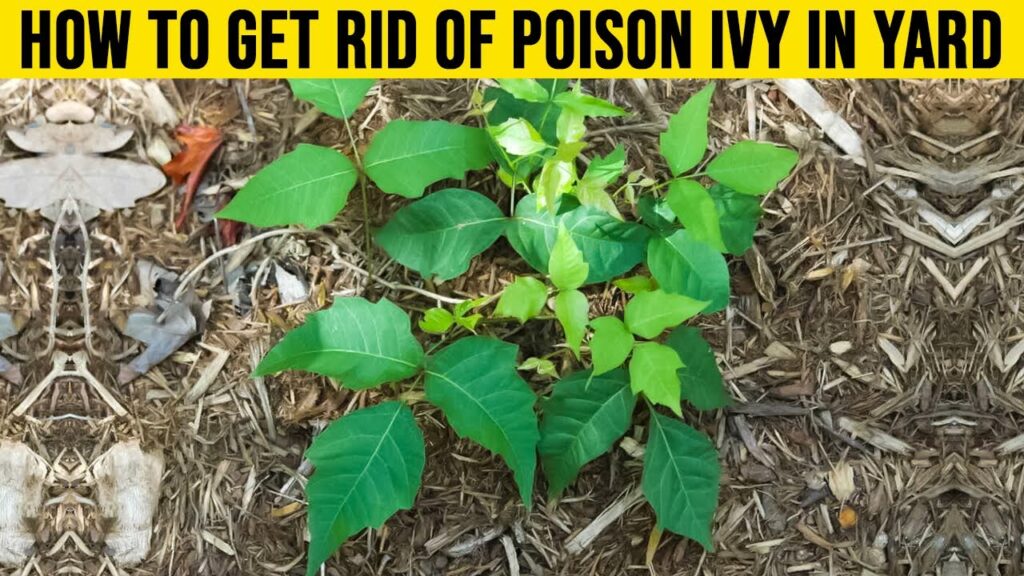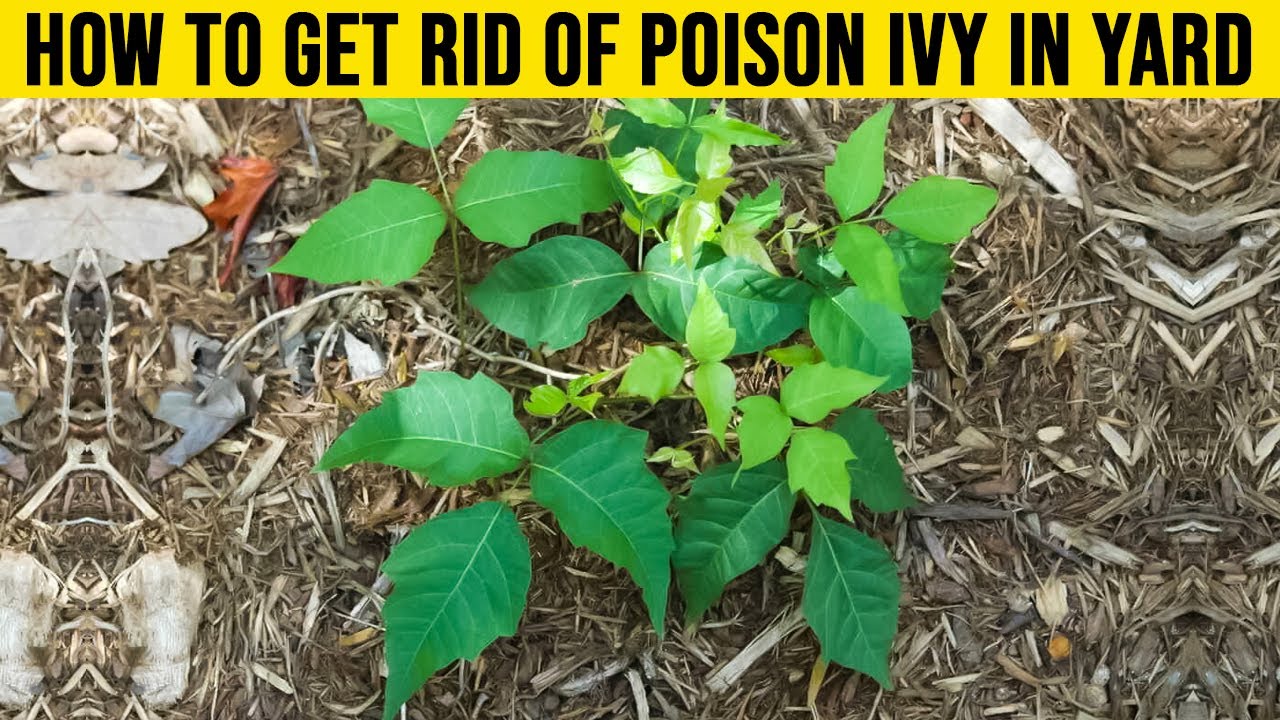
How to Get Rid of Poison Plants Satisfactorily: A Comprehensive Guide
Dealing with poison plants like poison ivy, poison oak, and poison sumac can be a frustrating and uncomfortable experience. The itchy rash caused by urushiol, the oily resin found in these plants, can disrupt daily life and cause significant discomfort. Knowing how to get rid of poison plants effectively and safely is crucial for homeowners, gardeners, and anyone who spends time outdoors. This guide provides a comprehensive overview of identifying, removing, and preventing these plants from returning, ensuring a satisfactory outcome.
Identifying Common Poison Plants
Before you can effectively get rid of poison plants, it’s essential to correctly identify them. Here’s a breakdown of the most common culprits:
- Poison Ivy: Known for its three-leaf clusters, often described as “leaves of three, let it be.” The leaves can be shiny or dull and may have smooth or toothed edges. Poison ivy grows as a vine or a shrub.
- Poison Oak: Similar to poison ivy, poison oak also features three-leaf clusters, but the leaves are typically more rounded and resemble oak leaves. It commonly grows as a shrub in the western United States.
- Poison Sumac: Unlike poison ivy and oak, poison sumac has 7-13 leaflets on a single stem. It’s found in wet, swampy areas, particularly in the southeastern United States.
Accurate identification is the first step in ensuring you can get rid of poison plants without accidentally spreading the irritating oil.
Protective Measures Before Removal
Safety is paramount when dealing with poison plants. Urushiol can cause a severe allergic reaction, so taking precautions is crucial before attempting removal. Here are some essential protective measures:
- Wear Protective Clothing: Cover as much skin as possible. Wear long sleeves, long pants, gloves (vinyl or nitrile, as urushiol can penetrate latex), and eye protection.
- Barrier Creams: Apply a barrier cream containing bentoquatam (e.g., Ivy Block) to exposed skin before starting. This can help prevent urushiol from penetrating the skin.
- Wash Clothing Immediately: After exposure, wash all clothing in hot water with detergent. Urushiol can remain on clothing and cause further irritation.
Taking these steps will significantly reduce the risk of developing a rash while you get rid of poison plants.
Methods for Removing Poison Plants
There are several methods for removing poison plants, each with its own advantages and disadvantages. The best method depends on the size of the infestation and your personal preferences.
Manual Removal
Manual removal involves physically pulling the plants out of the ground. This method is best suited for small infestations. Here’s how to do it safely:
- Loosen the Soil: Use a shovel or trowel to loosen the soil around the base of the plant.
- Grasp the Plant: Wearing gloves, grasp the plant as close to the base as possible.
- Pull Gently: Slowly and gently pull the plant out of the ground, being careful not to break the roots. Try to remove as much of the root system as possible to prevent regrowth.
- Dispose Properly: Place the plants in a heavy-duty plastic bag. Do not compost or burn poison ivy, oak, or sumac, as the urushiol can become airborne and cause respiratory irritation.
- Clean Tools: Thoroughly clean all tools used with soap and water to remove any urushiol residue.
Manual removal, when done carefully, can be an effective way to get rid of poison plants, especially in smaller areas.
Herbicide Application
Herbicides can be an effective option for larger infestations or when manual removal is not feasible. Choose an herbicide specifically designed for poison ivy, oak, or sumac, and follow the instructions carefully. Common herbicides include glyphosate and triclopyr.
- Choose the Right Herbicide: Select an herbicide that is effective against the specific poison plant you are dealing with. Glyphosate-based herbicides are generally effective, but triclopyr may be more effective on woody vines.
- Apply Carefully: Apply the herbicide directly to the leaves of the plant, avoiding overspray onto desirable plants. Use a sprayer with a narrow nozzle to minimize drift.
- Follow Instructions: Read and follow the herbicide label instructions carefully. Pay attention to recommended application rates, safety precautions, and re-entry intervals.
- Repeat as Necessary: Multiple applications may be necessary to completely get rid of poison plants, especially for established plants with extensive root systems.
When using herbicides, always prioritize safety and environmental responsibility. [See also: Safe Herbicide Use in Your Garden]
Natural Methods
For those seeking more environmentally friendly options, there are some natural methods that can help get rid of poison plants, although they may be less effective than herbicides.
- Boiling Water: Pouring boiling water directly onto the plants can kill them. This method is best suited for small patches and should be used with caution to avoid damaging surrounding plants.
- Vinegar: Horticultural vinegar (acetic acid) can be used as a natural herbicide. Apply it directly to the leaves of the plant. Multiple applications may be necessary.
- Salt: Salt can also be used to kill poison plants. Mix salt with water and apply it to the base of the plant. Be careful not to oversalt the soil, as this can harm other plants.
These natural methods may require more patience and persistence, but they can be a good option for those who prefer to avoid synthetic chemicals. They are also good if you want to get rid of poison plants without harming the environment.
Preventing Regrowth
Once you’ve successfully removed the poison plants, it’s important to take steps to prevent them from returning. Here are some preventative measures:
- Monitor the Area: Regularly inspect the area for new growth. Remove any new sprouts as soon as they appear.
- Mulch: Apply a thick layer of mulch around desirable plants to suppress weed growth, including poison ivy, oak, and sumac.
- Ground Cover: Plant ground cover to compete with poison plants for resources. Dense ground cover can help prevent them from establishing.
- Maintain Healthy Plants: Healthy plants are more resistant to weed infestations. Proper watering, fertilization, and pruning can help keep your garden healthy and less susceptible to poison plants.
Consistent monitoring and preventative measures are key to long-term success in keeping poison plants at bay. You can get rid of poison plants and prevent them from returning with a bit of diligence.
Treating a Poison Plant Rash
Despite your best efforts, you may still develop a rash from exposure to urushiol. Here’s how to treat it:
- Wash Immediately: Wash the affected area with soap and water as soon as possible after exposure. This can help remove the urushiol before it penetrates the skin.
- Use Calamine Lotion: Calamine lotion can help relieve itching and dry out the rash.
- Apply Hydrocortisone Cream: Hydrocortisone cream can reduce inflammation and itching.
- Take Antihistamines: Oral antihistamines can help relieve itching, especially at night.
- Oatmeal Baths: Soaking in an oatmeal bath can soothe irritated skin.
- See a Doctor: If the rash is severe, covers a large area, or is located near the eyes or mouth, consult a doctor. They may prescribe stronger medications, such as corticosteroids.
Prompt treatment can help minimize the severity and duration of the rash. [See also: First Aid for Poison Ivy Rash]
Disposing of Poison Plants Safely
Proper disposal of poison plants is crucial to prevent further exposure. Here are some guidelines:
- Bag and Label: Place the plants in a heavy-duty plastic bag and label it clearly as “Poison Ivy,” “Poison Oak,” or “Poison Sumac.”
- Do Not Burn: Burning poison plants can release urushiol into the air, causing severe respiratory irritation.
- Do Not Compost: Composting poison plants can contaminate the compost and spread the urushiol.
- Dispose of Properly: Check with your local waste management company for guidelines on disposing of poison plants. They may require you to double-bag the plants or dispose of them in a specific manner.
Safe disposal is an essential part of the process to get rid of poison plants and protect yourself and others.
Conclusion
Getting rid of poison plants satisfactorily requires a combination of careful identification, protective measures, effective removal methods, and preventative strategies. By following the guidelines outlined in this comprehensive guide, you can successfully manage and eliminate poison ivy, poison oak, and poison sumac from your property, ensuring a safer and more enjoyable outdoor environment. Remember to always prioritize safety and environmental responsibility when dealing with these irritating plants. With the right approach, you can get rid of poison plants and enjoy your outdoor space without the worry of itchy rashes.
Remember to stay vigilant and regularly inspect your property for any signs of these plants. Early detection and prompt action are key to preventing infestations from becoming overwhelming. By staying informed and proactive, you can successfully get rid of poison plants and maintain a healthy and safe outdoor environment for yourself, your family, and your pets.

